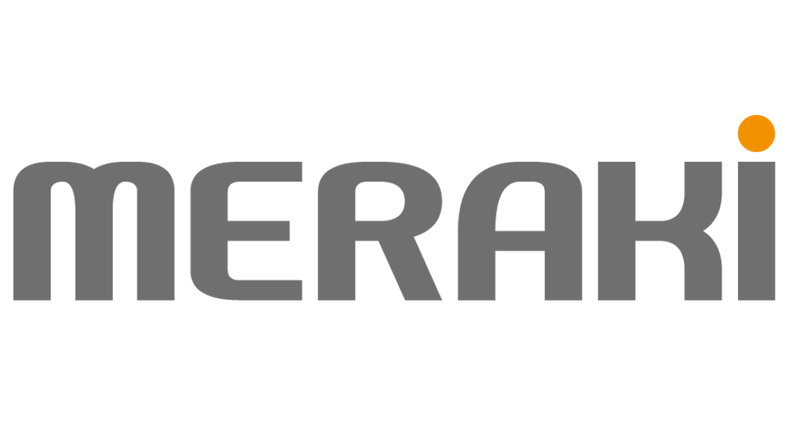Team Meraki | Where's the Water?
Awards & Nominations
Team Meraki has received the following awards and nominations. Way to go!
The Challenge | Where's the Water?
Mera-K
Have you ever wondered what's going on nowadays at Chernobyl? Is water on lakes and rivers totally damaged? Water is a vital resource for living and now humanity can use even the water that some day was affected by radioactive pollution.

EXPLANATION
By using NASA's GRACE satelite data of dimesions of a water mass, a robot can make calculations of how much graphene oxyde is needed for the flocculation of radioactive-polluted water, wait for the process to be done and take out the garbage. Data is put into a web app to visuaze it.
GRACE (Gravity Recovery And Climate Experiment): NASA'S mission which makes measurements of the Earth's levels of water at sea and levels of ice at glaciers and constantly generates open source data about the gravity field of the planet. Mera-K use that data to get measures of the dimensions of a water mass that's contaminated with ionizing radiation and awaiting to be clean, based on those number it makes the calculations of how much graphene oxyde will be required for making the flocculation of that mass and add it to the liquid. Mera-K waits for the process to be done and then go to the water and takes out the almost-solid garbage.
FLOCCULATION: microscopic parts of graphene oxide makes radioactive pollutions get so close as it would be a solid mass that is easy to be collected. Radioactive waste can be treated as it is done currently after the process.
MERA-K: a metal rover-like robot covered with a lead paint to isolate the internal electronic parts from radiation. Inside-in components such as a GPS, a controller and a motor should be protected even from water to avoid damage, that's why the only external and exposed pieces of the whole device would be the wheels and the camera for evidence taking.
WEB APP: digital representing of data generated by Mera-K as a graphics, numbers and facts - open to the world but focused on scientific community. Useful for knowing how to use the water that was danger until today.
FROM THE MINDS OF FIVE LITTLE MAKERS
- Brandon Aguirre: Team Leader - coding learner, maker and entrepreneur. Apprentice at all. Love to be a starter. 18-year-old high school student.
- Josseline Alfaro: Team Designer - reading and graphic design. Fairies gave her its height but she have got a plan. On engineering's path. 18-year-old high school student.
- Mariana Murillo: Team Robotics Girl - three times Costa Rican winner at WRO (World Robot Olympiad). In cats she trusts but with tech she walks. 16-year-old student.
- Angelo Ortiz: Team Programmer and wizard of coding - making, electronics, developing and software. For tech praying and with wolves traying. 18-year-old student.
- Uriel Sandoval: Team Business Man - economy, sales and Latin pride. In Bitcoin he believes if tuna is on fleak. 16-year-old student.
RESOURCES
- GRACE: https://www.nasa.gov/mission_pages/Grace/
- GRAPHENE: http://www.sciencealert.com/scientists-create-a-gr... / https://www.seeker.com/top-10-uses-for-the-worlds-...
- FLOCCULATION PROCESS: https://www.corrosionpedia.com/definition/524/floc...
- BLENDER (animation software)
- OUR CODE: https://github.com/angelortizv/Mera-Key
SpaceApps is a NASA incubator innovation program.